
My wife and I attended an art exhibit last weekend. One of the reasons I wanted to attend was not only for the subject matter but to examine the paintings up close. Some of these paintings were almost one hundred years old. I wanted to inspect the condition of the paint.
Do you see those “bumps” in the above painting? As the painting dries, water trapped in the oil used to make the paint rises to the surface. When the water reaches the top, it causes an explosion.
Another thing I noticed in the paintings was the absence of any pure white. No “whites of the eyes”, no pure whites in clothing or the background. Now, it’s possible the artist was making a statement by not using white in any of her paintings. The more likely explanation, though, is that the whites had faded and yellowed. This yellowing is typical of linseed oil.
I discussed my photos with Tom Anderson, Alexander Master Artist. He is the most knowledgeable person I know about paint, oil, and mediums. He confirmed my suspicions that the paintings are deteriorating. It is hard to imagine what they will look like in another 100 years.
Ginevra de’ Benci
Let’s take a look at a close-up of one of Leonardo da Vinci’s paintings — the Ginevra de’ Benci Portrait.
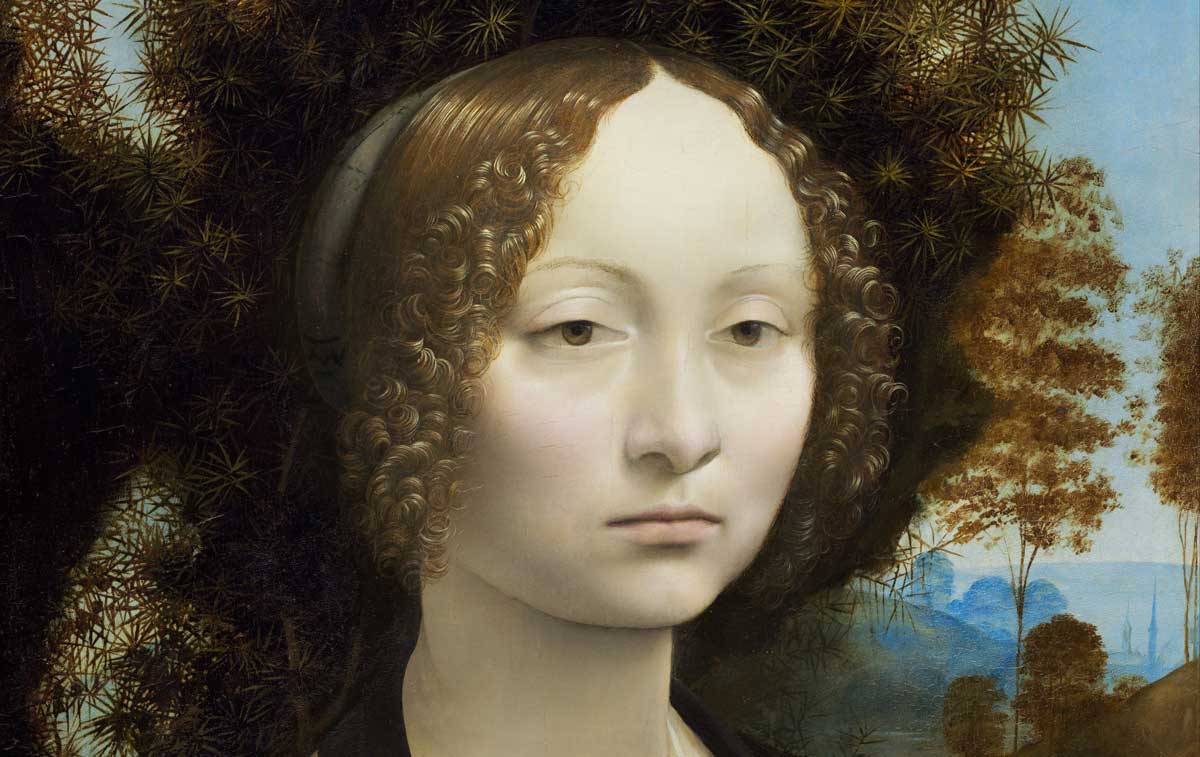
Now…let’s look closer…
There is some minor cracking, but notice how there is no “bubbling”. The paint is as clear and smooth as the day Leonardo put it on the panel over five hundred years ago.
If you look at any of the “Old Master” paintings, you’ll see the same clear, smooth paint. Still bright and vibrant after centuries, the whites are pure and clear. Except for minor cracking, the paintings are as fresh as the day their masters created them.
What’s the difference?
The old masters knew paint. They put as much effort into their paint as they did their technique. They used a crystal clear oil and they mixed that oil with their pigments.
It never ceases to amaze us how little artists know about the tools of their trade. For example, take a look at these two batches of white. The batch on the right is Alexander Art’s Magic White™.
Why would anyone recommend, much less use, a paint already loaded with yellow oil? Remember, this goes into your first layer of paint you put on your canvas. You have doomed your painting before you put the first brush stroke on the canvas!
We wanted to bring this to your attention so that if you care about your artwork you can do something about it. You can begin to ask questions like, what’s in my paint? What will happen to my paintings in fifty or one hundred years? Don’t take our word for it. Find out for yourself. Open your white and smell it. Does it reek of petroleum byproducts or does it smell like lavender (like ours)?
What kind of legacy do you want to leave your loved ones? A work of art your grandchildren and great grandchildren will cherish for generations. Or do you want to leave them a painting that will end up in the dumpster?


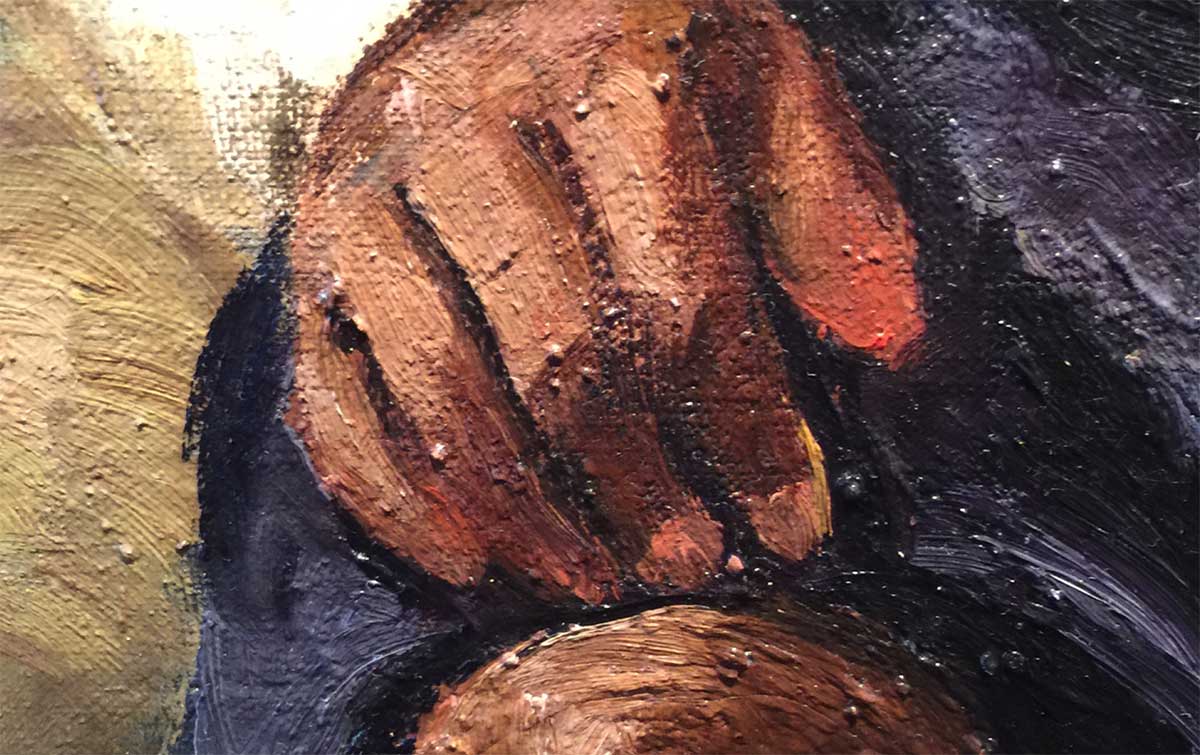
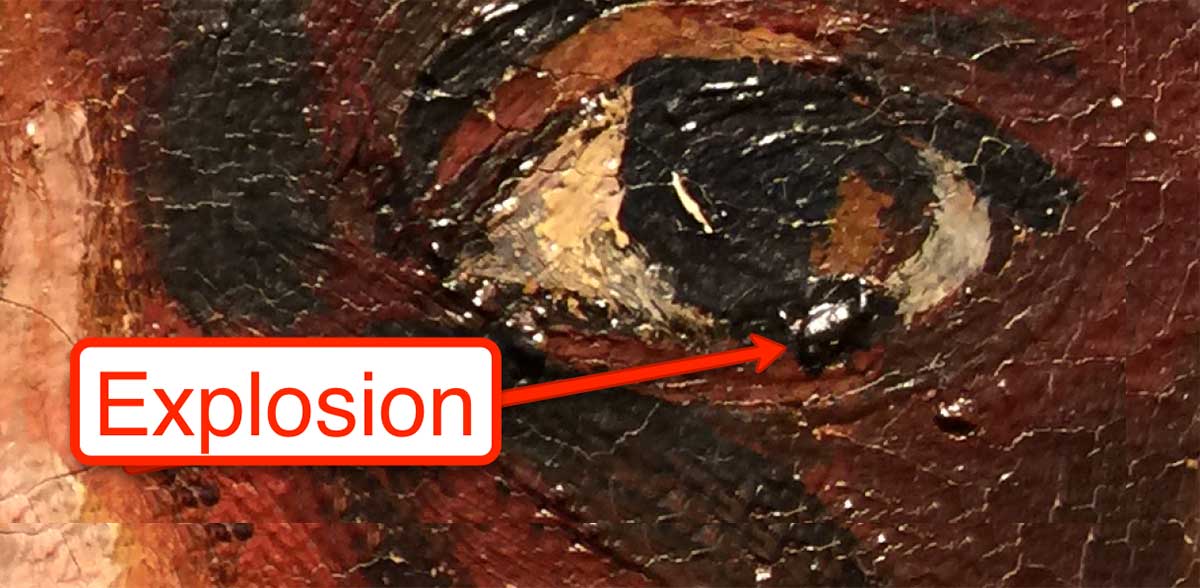
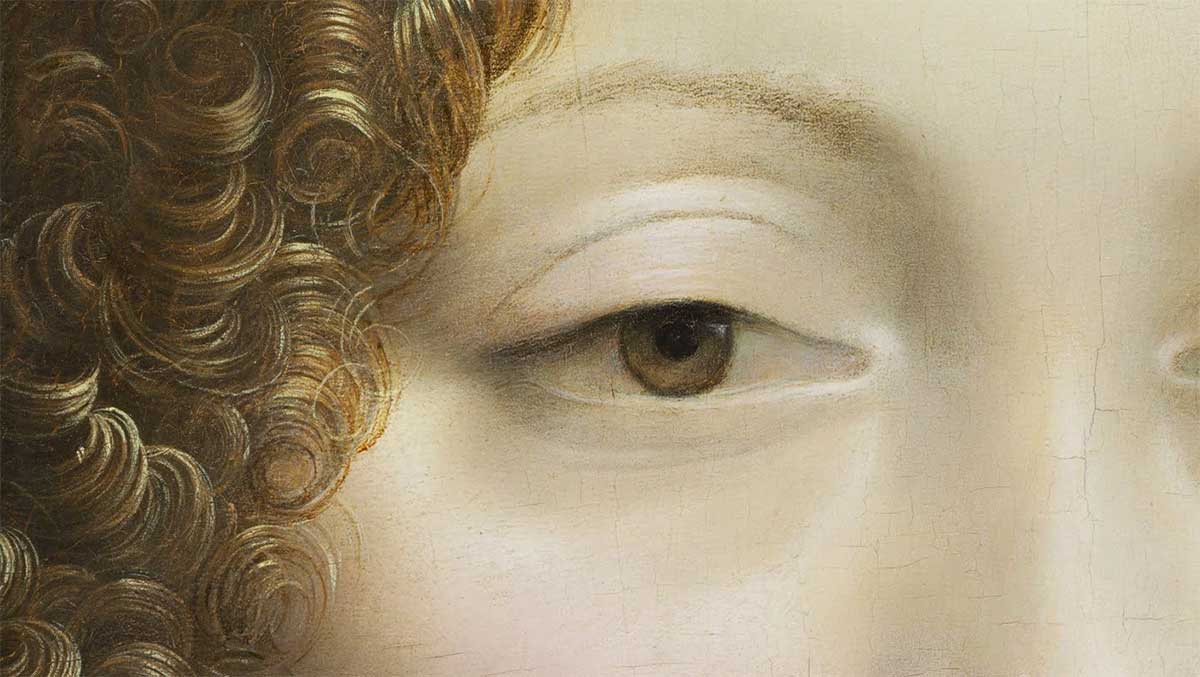
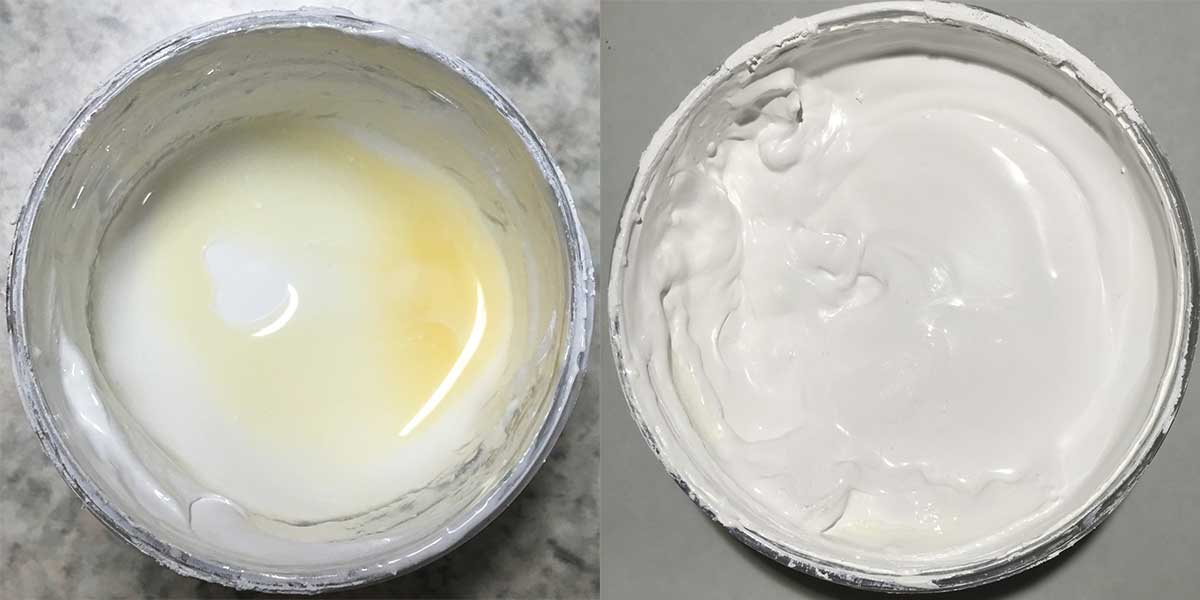
This was very interesting and informative. Thank you so much . Kathy W.